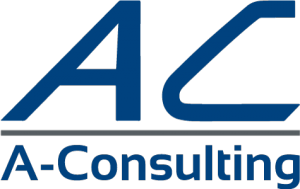according to EN 13849, EN 50128, EN 50657 or IEC 61508
The history of railroads began in 1804, when the first steam locomotive was put into operation. At that time and until the middle of the 20th century, software in trains or locomotives was unthinkable.
Today, a train or locomotive without software is unthinkable. Software is present in many components of a rail vehicle. Be it the passenger information system, the door control or the train control. In these components the software has to meet various safety requirements. These safety requirements are classified with a SIL (Safety Integrated Level) level.


The identification of the necessary safety requirement is done by a hazard and risk analysis. But what does a safety requirement mean for the software?
“The current state of the art is that neither the application of quality assurance procedures (so-called failure-preventing measures and failure-detecting measures) nor the application of fault-tolerant software procedures can guarantee the absolute safety of the software. There is no known way to prove the absence of failures in comparatively complex safety-relevant software, this applies in particular to specification and design failures.” (Excerpt from DIN EN 50657:2017-11)
This statement describes that by means of requirements for the development, provision and maintenance of software, an attempt is made to make software “safe”. Depending on the classification of the software, there are more or fewer requirements that must be met.
In the railroad sector, there is EN 50128 and EN 50657. The EN 50128:2011 is responsible for the software of interlockings. EN 50657 was newly published for rolling stock in 2017. It is to be read in conjunction with EN 50126 RAMS. Furthermore, there is the IEC 61508 series of standards, which can also be applied to the development of software, but is written in a very abstract way because it is applicable across industries. The EN13849 series of standards is written in a simpler way. This deals with the design principles for safety-related parts of control systems.
The software is developed in a V-model. Depending on the safety requirement level, the independence of the individual persons involved must be taken into account.
Are you looking for a software quality manager to support you in the documentation of your software development?
We provide you with a software quality manager who supports you in the development of your software in accordance with EN 13849, EN 50128, EN 50657 or IEC 61508 in the creation of the necessary documentation. We accompany you to appointments with reviewers and support you in the authorisation of your software.
If you would like to learn more, please feel free to contact us.

